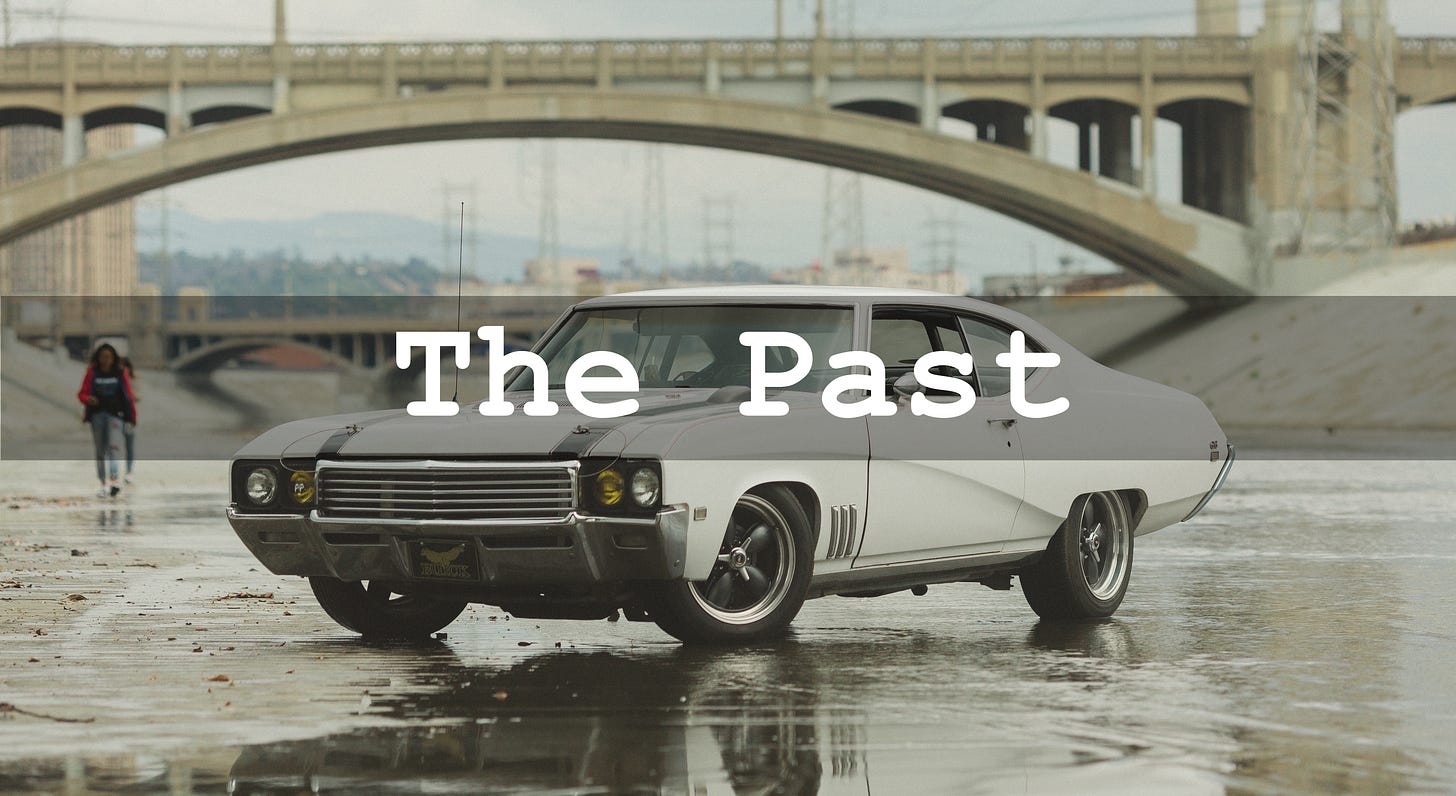Almost half a century of publishing stock market research has taught us that identifying “hidden assets” can be a highly profitable endeavor. Most of the time a company’s assets are properly reflected on its balance sheet, but sometimes their true value can be understated, obscured, or even missing. This can happen with assets such as buildings, investment holdings, pieces of real estate, and reserves of natural resources. When this occurs, we refer to these assets as “hidden assets.”
How is this possible? Under generally accepted accounting principles, companies list certain types of assets, such as real estate, at their historical cost, even though their value may have risen substantially over the years. So the true value of these assets won’t be apparent when reviewing the company financials, and certainly will not appear in a simple stock screening tool. You’ll need to be curious (and patient) enough to read through mountains of data: in short, you’ll need good old-fashioned elbow grease. Most investors aren’t willing or able to do such in-depth detective work, but we thrive on it.
Sometimes a company’s very name can obscure its real value. Back in 1975, for example, investors thought of Stokely-Van Camp (when they thought of it at all) as a maker of canned baked beans. But when we reviewed the Company’s other holdings, we noticed a hidden asset: a product called Gatorade. Relatively unknown at the time, it was on its way to becoming Gatorade, the global brand, and now has a commanding share of the lucrative sports drink market.
Or fast-forward to 1979, when Binney & Smith was hardly a household name among the investing community. Yet investors who were ignoring the Company almost certainly had a box or two of its most iconic product around their house: Crayola Crayons.
A more recent example of this would be Acushnet. After we initially profiled the company, we conducted an informal poll of professional investors. That poll found that the majority of them had no idea what the company does (they’re manufactures, and sellers, of Titleist golf balls and FootJoy golf gloves, among other well-known brands). Believe it or not (believe it), having a great consumer franchise masked or hidden behind a corporate name can lead to valuation discrepancies and allow investors (well: investors willing to do the research) to find these anomalies and reap potentially significant rewards.
How Do You Find Hidden Assets?
Assets are often hidden in plain sight, so you’ll need to be curious as well as tenacious. Become a detective: ask a lot of questions, and spot the clues that others miss. And then, when you finally do identify an undervalued asset, you’ll have to decide whether to act.
Because when we uncover a hidden asset, that’s only the beginning. Next we use it to help us estimate the private market value of the business, which gives us a point of comparison. But even if a company’s stock price seems to omit (or highly discount) a valuable asset, we’re not finished. Finally, we judge the company’s likelihood of unlocking that hidden value, whether through a sale of the asset, sale of the company itself, or some other identifiable catalyst. Why? Because without a catalyst, unrecognized value may remain just that: unrecognized.
Stay tuned for more on catalysts, but for now take one golden rule to heart: Finding hidden value does you no good if the stock never appreciates. As value investors, we’re happy to wait, but there’s a difference between being patient and just plain hoping.
The Bottom Line
Uncovering hidden assets is hard work, but that’s where the opportunity arises. The situations are unique, and the work is involved and intricate, from identifying hidden assets to estimating their true market value and, finally, assessing catalysts for capital appreciation (read: what’s going to make the stock go up?). But if you can find a hidden asset that has both the potential for and the likelihood of monetization, and the company’s stock price is discounting (or neglecting) its value, then going against consensus and buying the stock can mean taking an ownership position in a potential Stockley-Van-Camp’s or Tiffany’s.
Sometimes the most valuable opportunities are hiding in plain sight.
In our early days, we took a close look at Tiffany & Co. When Wall Street saw the luxury jeweler it saw an (apparently) known quantity, but Boyar Research founder Mark Boyar wanted to know just one thing: whether Tiffany actually owned its Manhattan property. Curious, he dug into the Company’s public filings. Back in 1975, that task took quite a bit more legwork than it would in today’s digital world, but he learned that yes, Tiffany did indeed own its building.
But that’s not all he discovered.
At the time, Tiffany’s market value was $30 million. But Mark’s analysis suggested that its real estate alone was worth more than the Company’s entire market capitalization. In other words, anyone who invested in Tiffany in July 1975 was paying for just the value of its building while getting the value of the rest of the business—from the Tiffany trademark and inventory to the world-famous Tiffany Diamond—for free. And in Mark’s opinion, that gap between nominal and actual value wouldn’t last.
Sure enough, a little over three years later, in November 1978, Avon Products acquired Tiffany & Co. for $41.41 per share, a 452% increase from its $7.50 share price in the summer of 1975. Not a bad return on a little curiosity.
Nor are hidden assets just a thing of the past. We’ve spent decades looking for them, and we’re still finding them today. Here’s just a sample of the companies in our universe that we believe are undervalued at least in part because they contain hidden assets with values not fully reflected on their balance sheets or in their share prices:
Howard Hughes, our inaugural Opportunity Report pick, owns valuable land that is listed on its books at historical cost (which is not what we believe to be its true worth, were it to be sold). We believe that value will be recognized as HHC sells land to homebuilders. The Company also develops commercial property (office, retail, multifamily) that increases the value of its underlying land assets. Their development makes their holdings more valuable, but this value does not get reflected on the balance sheet. This is an intriguing discrepancy to us.
Madison Square Garden Entertainment owns valuable air rights above “The World’s Most Famous Arena” that are absent from its balance sheet. Better still, these air rights, whose value we estimate at ~40% of the company’s current market capitalization, can be transferred to third parties. We would not be surprised to see these rights monetized. (Paid subscribers can find a more detailed analysis here.)
IAC, controlled by media mogul Barry Diller, owns 31% of Turo, a fast-growing car-sharing service. Its cost on IAC’s balance sheet is $354 million, but recent private-market bids suggest that stake could be worth upward of $700 million. With the IPO market slowly opening up, we wouldn’t be surprised if Turo were to go public. In such a case, it would likely trade in the public markets at a significantly higher price than IAC’s books currently value it at. We think if that occurs Wall Street will finally give the company credit for owning such a valuable asset.
Atlanta Braves Holdings, controlled by John Malone, has a hidden asset: the true value of its real estate development, The Battery, is poorly reflected on its balance sheet. A portion of The Battery has already been monetized. If, at some point in time, the rest of the development were to be monetized at a significantly higher value than its current listing on the company’s balance sheet, we would be less than shocked.
Important Disclosures. The information herein is provided by Boyar’s Intrinsic Value Research LLC (“Boyar Research”) and: (a) is for general, informational purposes only; (b) is not tailored to the specific investment needs of any specific person or entity; and (c) should not be construed as investment advice. Boyar Research does not offer investment advisory services and is not an investment adviser registered with the U.S. Securities and Exchange Commission (“SEC”) or any other regulatory body. Any opinions expressed herein represent current opinions of Boyar Research only, and no representation is made with respect to the accuracy, completeness or timeliness of the information herein. Boyar Research assumes no obligation to update or revise such information. In addition, certain information herein has been provided by and/or is based on third party sources, and, although Boyar Research believes this information to be reliable, Boyar Research has not independently verified such information and is not responsible for third-party errors. You should not assume that any investment discussed herein will be profitable or that any investment decisions in the future will be profitable. Investing in securities involves risk, including the possible loss of principal. Important Information: Past performance does not guarantee future results.
This information is not a recommendation, or an offer to sell, or a solicitation of any offer to buy, an interest in any security, including an interest in any investment vehicle managed or advised by affiliates of Boyar Research. Any information that may be considered advice concerning a federal tax issue is not intended to be used, and cannot be used, for the purposes of (i) avoiding penalties imposed under the United States Internal Revenue Code or (ii) promoting, marketing or recommending to another party any transaction or matter discussed herein. Clients of an affiliate of Boyar Research and employees of Boyar Research own shares in Howard Hughes Corporation, Atlanta Brave Holdings, IAC and Madison Square Garden Entertainment.









